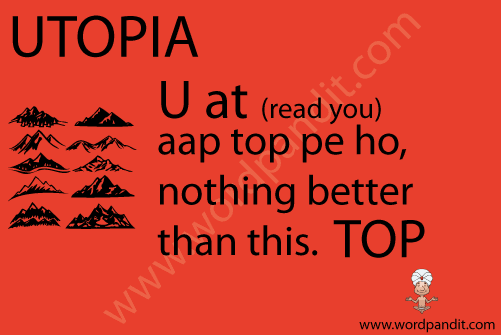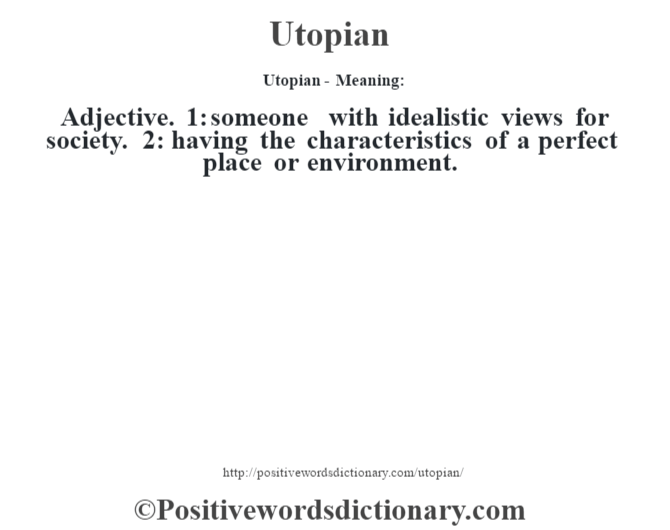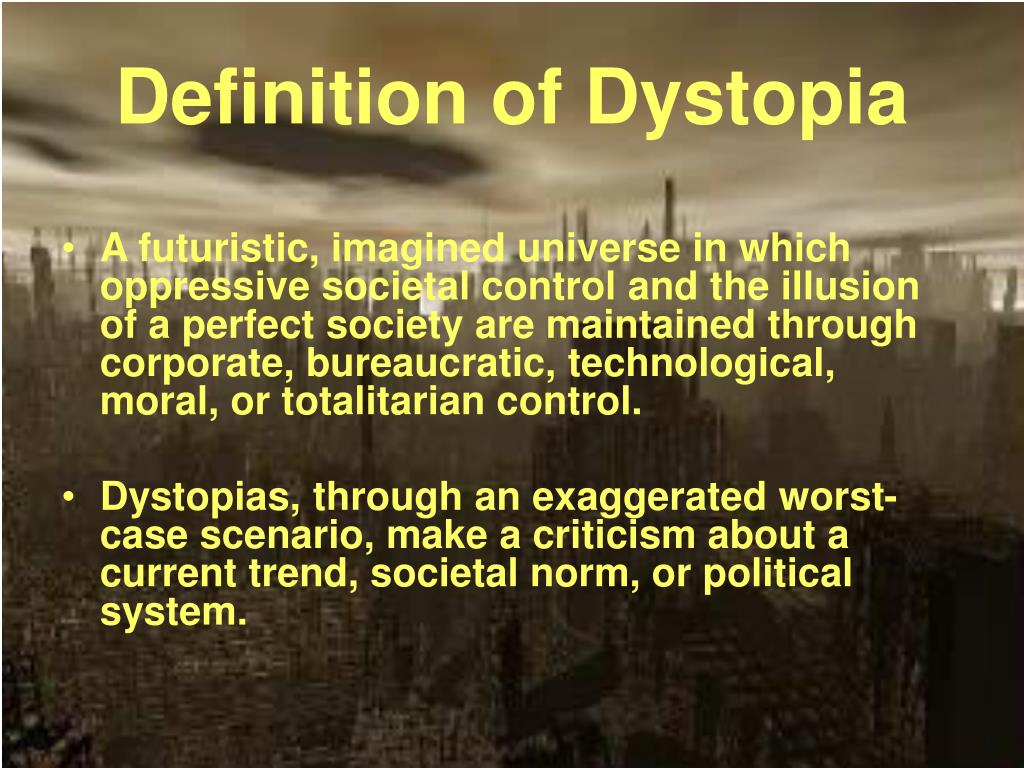

He also believed that cities should grow naturally instead of creating a rigid shape. He criticized the binding of other cities to form one. Patrick Geddes believed that every city has its own soul and therefore, own identity and uniqueness. No point in the city would be more than a few hundred metres from countryside.” (Collins, 1959) Patrick Geddes “Soria theorised a single developed strip of no more than 500 metres in width, with a dominant tramway and roadway and residential and commercial plots on either side of agreed size and separated by smaller streets, at the connections of which there would be kiosks and shops, and in the centre of which there would be schools, hospitals, courtrooms.


Corbusier designed urban villages in the sky. Flats would have views of the public spaces. At the centre, the residential area being separated from the commercial zones by a business districts connected via underground transportation. Cyclists, motorists, pedestrians and community transportation were allocated to different routes to use to get around. The horizontal zones would be the traffic passages and public sceneries with lavish greenery. The main tactic was to generate vertical building and leave a lot of common open space in between for people to use and appreciate. The design of le Corbusier’s ideal city was inspired by how the organs of the human body works, working together to function. (Howard, 1902) Le Corbusierĭesigner of the “Radiant City” which was to be straight and ordered city for the future, it was not only for a more balanced urban environment, but also for a thorough social improvement.
#Define utopia free#
The Town-Country are free from the disadvantages of each. Presenting a natural movement of people from the crowded cities to the dearest of the earthly country. There are not only two alternatives, but a third one being introduced where all the active and lively town life with all the attractiveness and pleasure of the country will be. The town and country are two magnets drawing people to itself.

The whole city must be surrounded by an everlasting agricultural greenbelt and the new cities to be linked with central “Social Cities” by a system of railroad lines. He described his plan as a kind of human based community on “the town-country magnet”, where we have the best of both worlds, the town magnet which represents the modern city having a combination of workplaces and services, and the opposing country magnet with the natural features representing rural districts.Īs shown in his concentric-ring diagram, the central park is in the centre of the Garden City with significant communal buildings and enclosed by a “Crystal Palace” ring of retail stores. Howard’s ideas of urban reorganization, spatial zoning, the inclusion of nature in the cities, green belting, and developing a self-supporting new community external to the crowded central city, laid the foundation for the whole tradition of modern city planning. He experienced pollution, congestion, and societal dislocations of the modern industrial city. The publisher of To-morrow: A Peaceful Path to Real Reform in 1898, better known as Garden Cities of To-morrow. How Utopia is defined/described Ebenezer Howard After describing Utopias then comparing the different definitions given by the architects, urban planners and sociologist and from African Utopias, this is to give the similarities and differences which will show why these plans were made. I will also be describing African Utopias. Utopia: ‘an imagined place or state of things in which everything is perfect.’ I will be explaining how Howard, Le Corbusier, Soria Y Mata, Patrick Geddes and Frank Lloyd Wright defined ‘Utopia’ their ideal place or state of living.


 0 kommentar(er)
0 kommentar(er)
